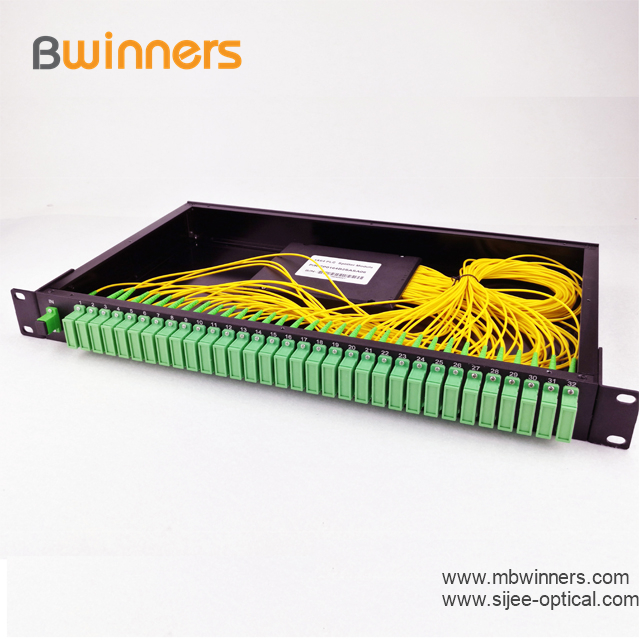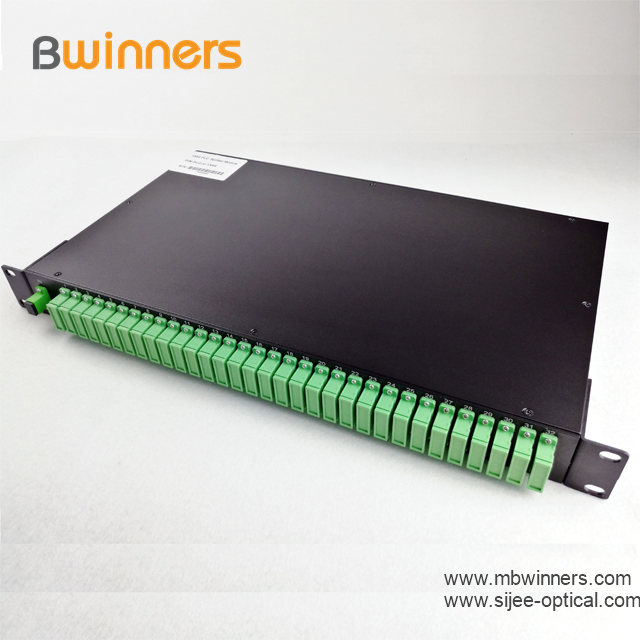The causes and solutions of the three major problems in the application of LED display
LED display is a high-tech engineering product integrating multi-disciplinary technologies such as electronics, power, computer, communication, information, image processing, optics, materials and structure. Relevant engineering and technical issues in any of these subject areas will affect the final operation of the entire display. A perfect LED display must be an organic combination of multidisciplinary technologies.
LED is the most important basic element of LED display. This paper mainly expounds the causes of LED display brightness, consistency and failure, and the relationship between LED and related measures.
First, LED display brightness problem
LED brightness is an important determinant of display brightness. The higher the brightness of the LED, the larger the margin of current used, which is beneficial for saving power and keeping the LED stable. LEDs have different angle values. In the case where the brightness of the chip is fixed, the smaller the angle, the brighter the LED, but the smaller the viewing angle of the display. Generally, a 100 degree LED should be selected to ensure a sufficient viewing angle of the display. For displays with different dot pitches and different line of sight, a balance should be found in brightness, angle and price.
The brightness of the LED single tube physically limits the maximum brightness of the screen, and the actual brightness influence factors include scanning mode, signal lighting efficiency, and color correction factors. The selected brightness value that meets the color and brightness requirements, the highest brightness of the LED display can be expressed as: Lm = (η * L * gmax) / S, Lm is the actual required display brightness value, L is the selected LED The brightness, η is the screen signal lighting efficiency, gmax is the color correction factor, and S is the system scanning method (1, 2...). When designing a full-color LED display, when choosing the brightness of a single primary color, we need to consider the white balance brightness of the three primary colors, try to make the nominal value of the three primary colors close to 3:6:1 (red: green) :blue).
Limited by semiconductor technology and packaging technology, the early LED tube has low light efficiency, and the red, green and blue primary colors have low luminous intensity, so the low brightness value of the entire display screen is a major problem. Due to the low light efficiency of the lamp, in order to meet the brightness of the display, the LED drive current setting value is generally high, and the high current setting will inevitably lead to an increase in the operating temperature of the LED, which will be detrimental to the long-term use of the display; Point combination to improve the brightness of the pixel, such as using multiple LED tubes in series to increase the brightness value of the single primary color, thereby improving the brightness of the LED display, is a design method commonly used in engineering applications, but this will inevitably increase the entire display the cost of. With the development of LED chips and packaging technology, the light efficiency of LED tubes has been greatly improved, and it has been able to fully meet the indoor and outdoor brightness requirements of LED displays, and can set the operating current of LEDs under the rated safe working current. To ensure system reliability.
LED displays for outdoor use should be viewable in sunlight, so the brightness must be inferior to the background brightness. If the text is 2:1, if there is a difference in the image, experience 10:1 is the minimum allowed, 20:1 is the standard, and hope is above 40:1. The brightness Lm of the maximum image signal input and the some external light signalless brightness Lb are measured in the dark room, and then the contrast V = (Lm + Lb) / Lb can be calculated. In the actual project, the color depth of the mask is increased from the structure, and the design of the mask and the reflective step of the mask can effectively improve the contrast effect of the outdoor display.
Optical coupler is also called optical splitter , is one of the most important passive devices in optical fiber link, is with multiple inputs and multiple output end of the optical fiber connected devices. The fiber optic splitter by the light splitting principle can be divided into the fused biconical taper (FBT type) and planar waveguide type (PLC type).
PLC Splitter, With SC/APC Connector,SC/UPC Connector, LC/APC Connector , LC/UPC Connector
Bwinners Telecom Communication products include: Fiber Optic Splice Closure, FTTH Fiber Optical Distribution Box, FTTH Fiber Optic Socket Face Plate, Fiber Optic Patch Panel Terminal Box, ODF Optical Fiber Distribution Frame, OCC Optical Fiber Cross Connection Cabinets, Network Cabinet, Equipment Enclosure, PLC Splitter, Fiber Optic Patch Cord , Fiber Optic Adapter , Fiber optic pigtail, FTTH Accessories, etc.
Bwinners Equipment Enclosure includes all kinds of Equipment Enclosure, wall mounting enclosure, junction box, network box, electrical enclosure box, stainless steel enclosure, electronic equipment racks, metal cabinets, metal enclosure CATV enclosure, etc.



fiber optic splitter plc, fiber optic cable splitter, optical splitter, Mini Type PLC Splitter, Cassette Type PLC Splitter, Insertion Module PLC
Sijee Optical Communication Technology Co.,Ltd , https://www.sijee-optical.com